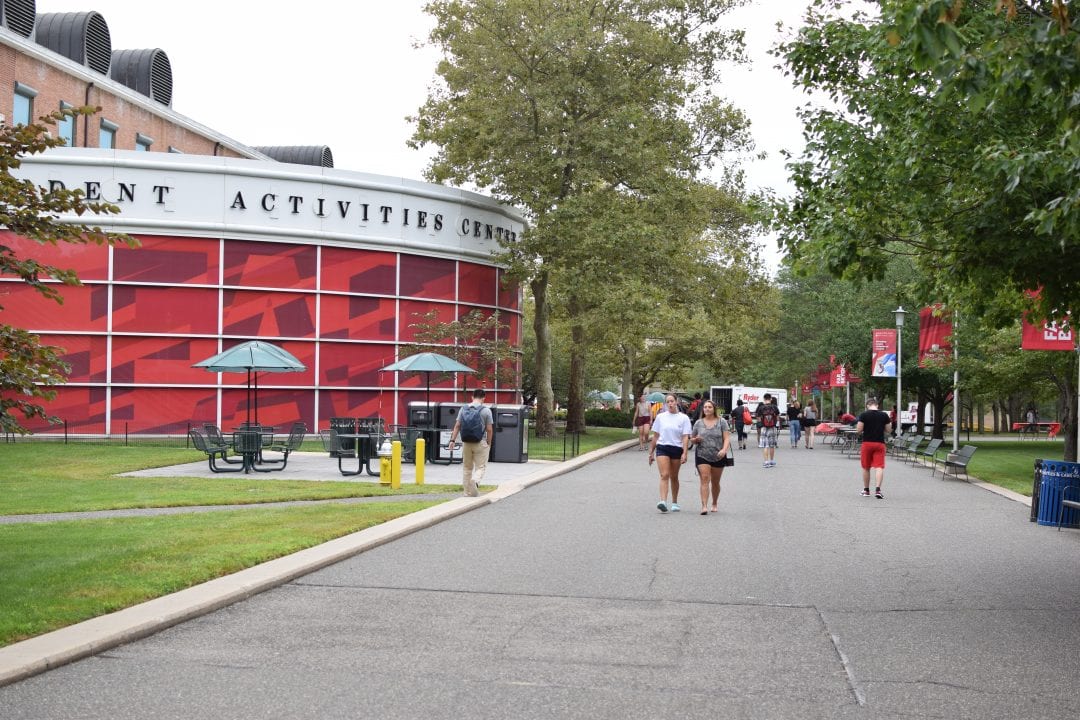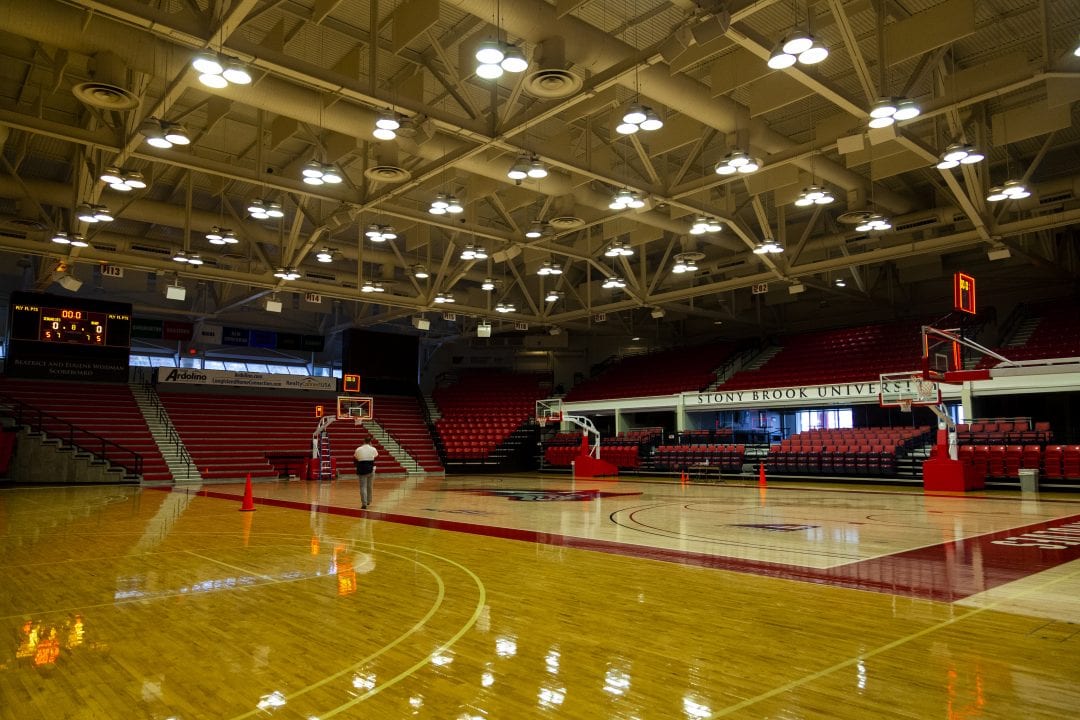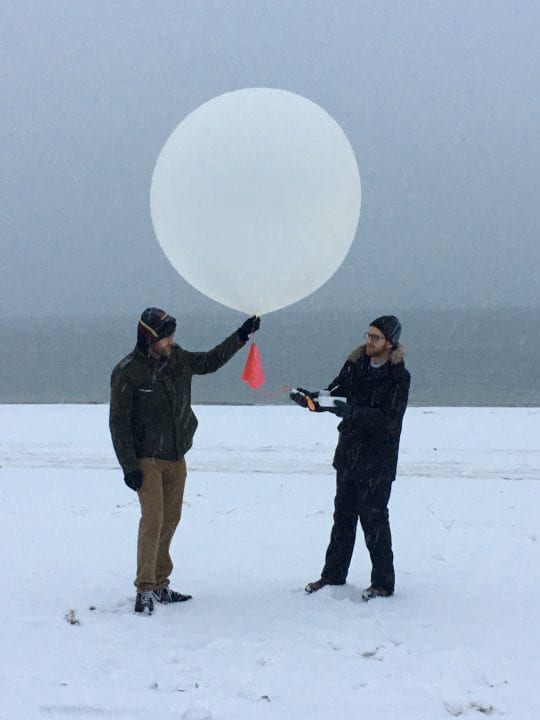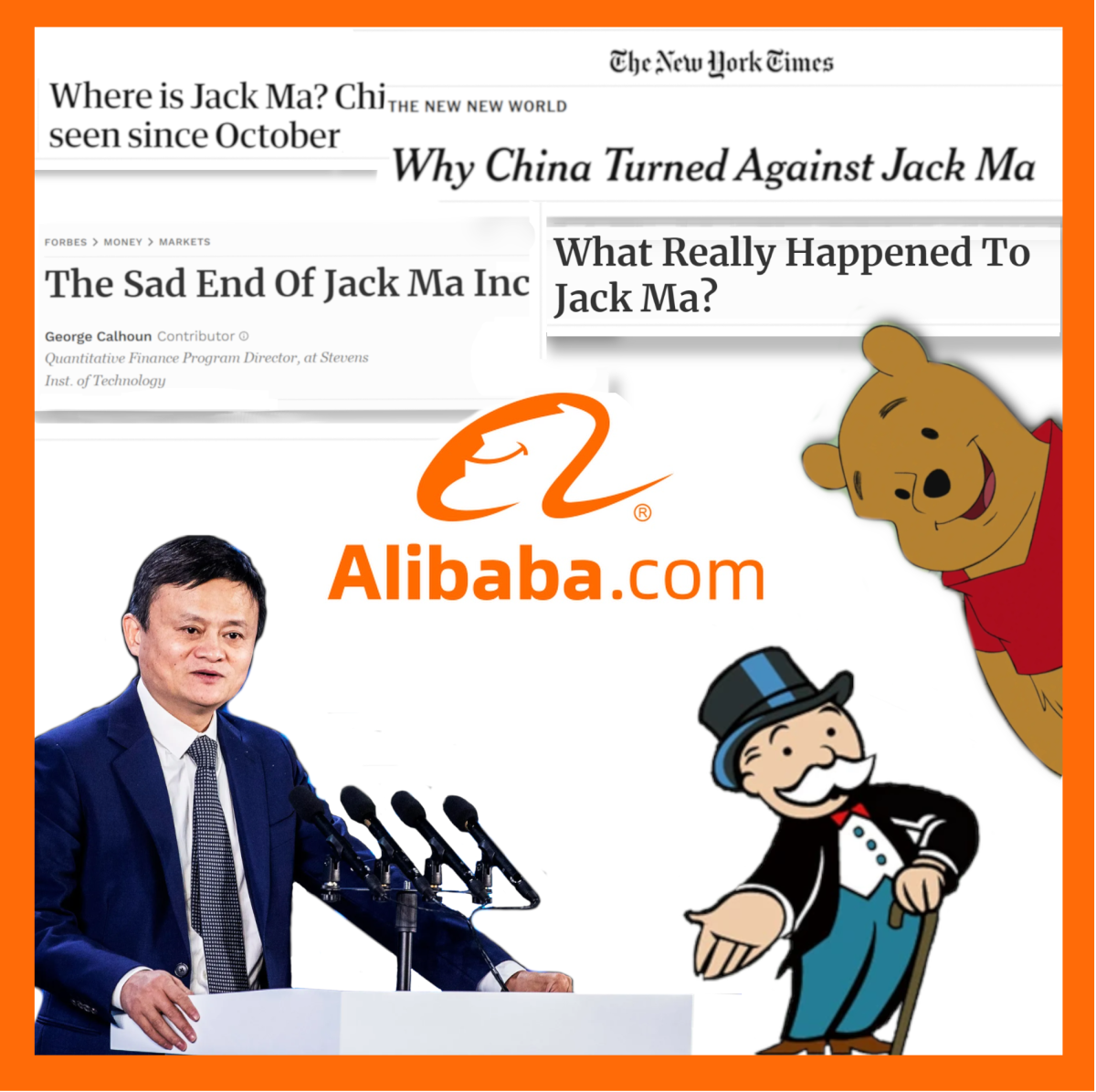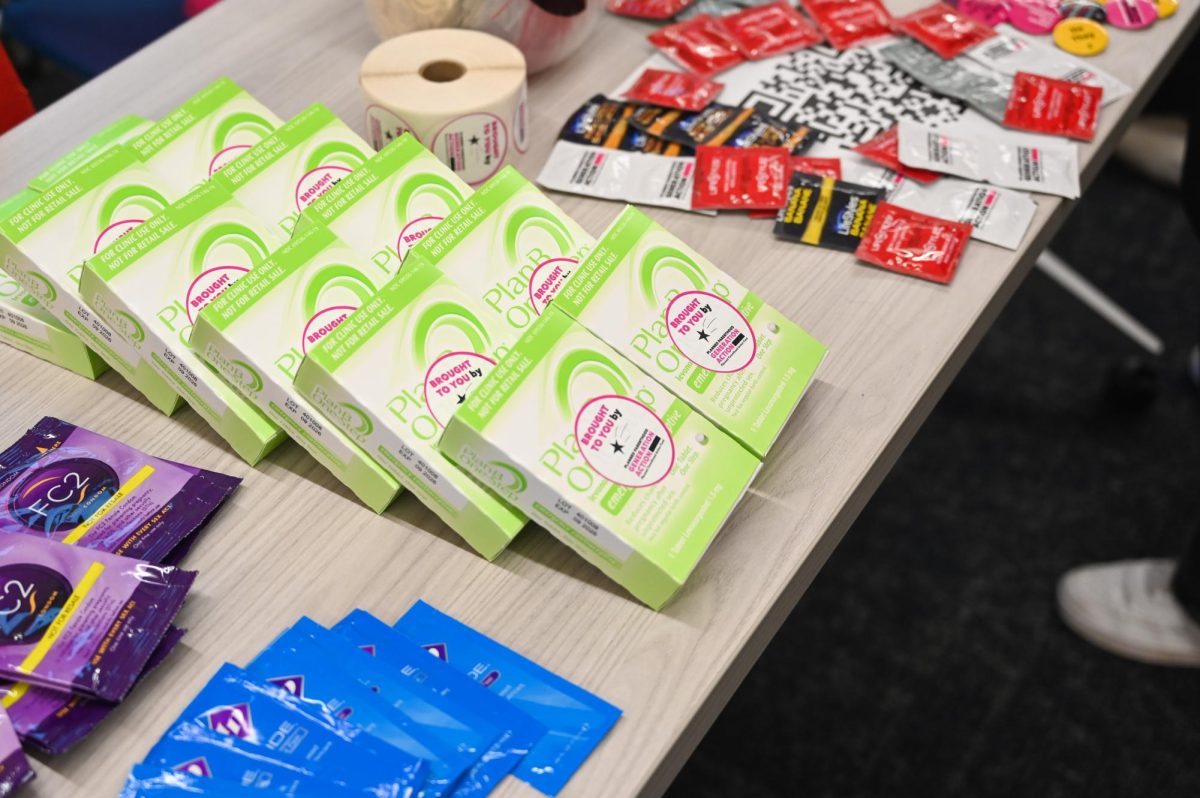
Soylent is convenient, cheap and more appetizing to me than a cup of noodles.
The beverage marketed as a “Ready-to-Drink Food” has appeared on the university’s shelves, and I’m a fan. The other day, when I noticed a few classmates drinking it, I ran down four flights of stairs and sped around the perimeter of the library because I was told free samples were being given out. To my dismay, I couldn’t find the source.
I’m a commuter, always hungry, on a budget, trying to keep up with assignments, holding down a 30+ hour job and trying not to eat junk food. I don’t always have the time to sit down and have a well-balanced meal. This is especially true when it comes to wanting those extra few minutes of sleep before 8 a.m. classes. That’s where Soylent comes in.
One 14-ounce bottle contains 400 calories, 20g of protein and 20 percent of your daily nutrition. The consistency is like any other protein shake. The flavors include Original (which reminds me of semisweet vanilla almond milk), Cacao and the three caffeinated drinks: Coffiest, Vanilla and – my favorite – Chai. After having one, my appetite is satisfied for about four hours, and its minimalistic design doesn’t require me to think about sneaking food past the library staff.
Despite this, I try to limit my consumption to one a day, and try to avoid it completely when I do have time to make myself a meal, not just because I enjoy eating actual food, but because it is still a new company with growing pains.
Soylent was co-founded by Rob Rhinehart and was introduced in 2014 through a successful crowdfunding campaign. Rhinehart recently stepped down as CEO and in his place came Bryan Crowley. However, during its four years, there have been a few notable setbacks.
When Soylent released a snack bar multiple reports were made by customers saying that it made them “violently ill” and caused them to throw up.
Its powdered product was recalled multiple times — once for causing diarrhea, and a second for shipping a batch with traces of whey powder, which contains milk, when it’s labeled as “lactose-free.”
Also, when looking at the nutritional facts, there are a few things lacking. If you were to attempt to replace your daily 2,000 calories of food completely with Soylent, you’d be eating an excess of the recommended amount of total fat and would be suffering from a lack of fiber, which would require a fiber supplement to make up for it.
Personally, after drinking roughly 20 bottles, I have yet to find any negative side effects of drinking Soylent.
Those of you who are interested in trying it out for yourself but missed getting any free samples may be disappointed to find that on-campus, one bottle comes out to be $7.00, which is more than double the intended price. If bought directly from Soylent, one bottle costs $3.00, but the price tag comes with a catch: they come by the dozen. So a twelve pack of the original flavor is $34.00, shipping included. Luckily, there is another option that is less than double the original price and doesn’t require investing in 12 bottles. At 7-Eleven one bottle is $5.00.
Soylent’s powdered product, which can be purchased on their website, is blended with water and must be refrigerated, but also has to be consumed within 48 hours of making it.
On their website, Soylent has a statement titled, “Future vision,” and under it states, “We aim to create a portfolio of products that make eating an easier part of your day.” I don’t know if Soylent is the future of food, but it has definitely made eating easier.







